In traditional mythology shape-shifting involves a person being transformed into a tree or some animal, for instance. We can imagine the moment during such a metamorphosis when the person in question is neither fully human nor tree, but some ambiguous ‘object’ between the two. It is this ambiguity, I think, that Mackay is interested in. Or more exactly, he is interested in painting shapes that hint at depicting something – an eye or a fish, say. And so Mackay presents us with an array of paintings of coloured shapes against dark backgrounds, that read as abstract, but which, on closer inspection, seem to be vaguely representational.
Installation view of Ian Mackay, Shape-Shift at the Read Head Gallery. Photo: Hugh Alcock
Mackay doesn’t consciously choose what he’ll represent in these paintings. Rather, in the tradition of the surrealists, his underdrawing is automatic. Automatism aims to bring out the unconscious. Mackay surprises himself when he begins to notice how the shapes resemble something or other. He enhances this process by occasionally looking at his work in progress in a mirror. The resulting fresh perspective helps him see when certain objects appear to emerge from the abstract shapes he sketches out.
The works might best be described as orphistic, where orphism is the name of a style of painting originally coined by the French poet Apollinaire before the first world war. It was an offshoot of cubism with the caveat that it ditches any concern with representation, and instead the painter concentrates on communicating emotion through form and colour. Orpheus, its namesake, is the Greek demigod whose music likewise focussed on pure form. This parallel between visual and musical form is pursued by Mackay in part because he is also a musician. In the 1980s he cofounded the punk band the Diodes. He still practises music.
Ian Mackay, Rabble, 2022, oil on wood, 24 x 48 inches. Courtesy of the artist
Indeed, looking at his paintings there is a musicality to their compositions, shapes and colours. They ‘sing’ to the viewer. This quality is intuitively detected, though I’m sure any synaesthete would feel this music. It has been suggested that as infants we are all synaesthetes – where synaesthesia is the disorder (in adults at least) caused by an overlapping of the visual and auditory regions of the brain, whereby visual qualities are also felt auditorially and vice versa. Most of us lose the ability to literally feel some colour, for instance, as having a certain pitch. But we all seem to recognize a correlation between these phenomena – a residue of our former synaesthete selves perhaps.
Ian Mackay, Blasts, 2022, oil on wood, 30 x 40 inches. Courtesy of the artist
Orphism was one step in the progression towards abstraction which marked the apogee of modernism, e.g., in abstract expressionism and colour field painings. And Mackay sees his paintings as belonging to this genre. He shares the abstractionists’ formal concerns. What ultimately matters to him is how the colours and shapes sit together to create a unity of some sort – call it ‘aesthetic’ or ‘emotional’ if you like. But his work is never pure abstraction. Again, representational elements invariably insinuate themselves in the work. So the titles he chooses are often intended to hint at the contents, e.g., Toddler and Atttic. As well, Mackay sometimes alludes to historical paintings. For example, the composition of his Under, that hangs on the far wall of the gallery, is very loosely based on a painting by Pablo Picasso depicting night fishing in Antibes, France. In general Mackay’s work is informed by his modernist predecessors.
Ian Mackay, Toddler, 2022, oil on canvas, 28 x 22 inches (left) & Attic, 2021, oil on wood, 28.7 x 23.6 inhes (right). Courtesy of the artist
Now, one might complain that modernism is no longer current. By this measure his paintings could be uncharitably characterised as retrograde. Perhaps in the 1920s his work would have been exciting, but today, a century later, it has little to say to us. Mackay, however, simply focuses on what interests him. He certainly wouldn’t identify himself as an orphist or a surrealist in any robust sense. Rather he has an abiding interest in the modernist tradition that has inspired his work for many years. In general his formalist concerns that were defined by modernism have not withered. A great deal of contemporary art shares these concerns.
Installation view of Ian Mackay, Shape-Shift at the Read Head Gallery. Photo: Hugh Alcock
I think Mackay’s work in fact demonstrates how rich abstraction is, how current it remains. His painting are exquisite experiments that cannot fail to enthrall the judicious viewer. There is both a playfulness and a seriousness to them. These paintings are the latest in a years-long series of works by Mackay in which he courageously explores the endless and surprising possibilities of painting itself. Their energy is infectious.
Hugh Alcock
*Exhibition information: Ian Mackay, Shape-Shift, May 25 – June 11, 2022, Read Head Gallery, 401 Richmond St, West, Suite 115, Toronto. Gallery hours: Wed – Sat 12 – 5 pm.

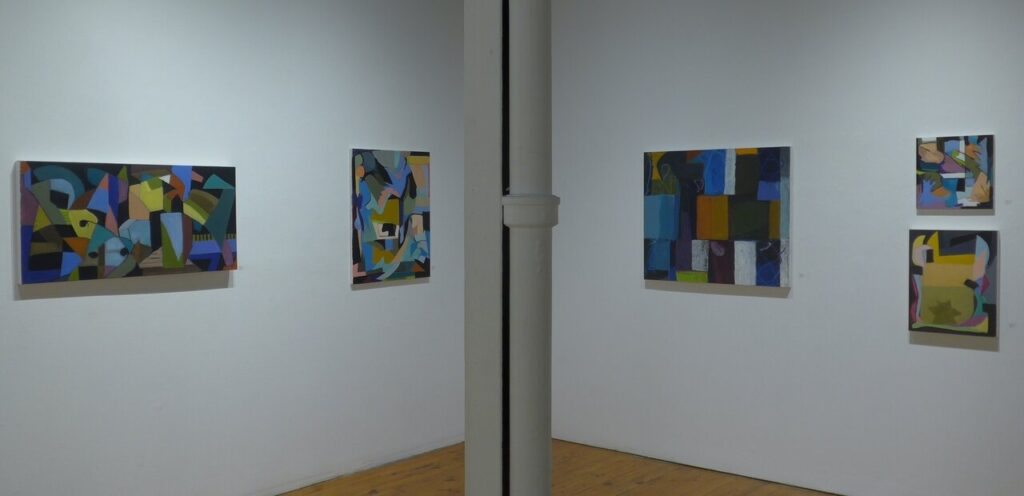
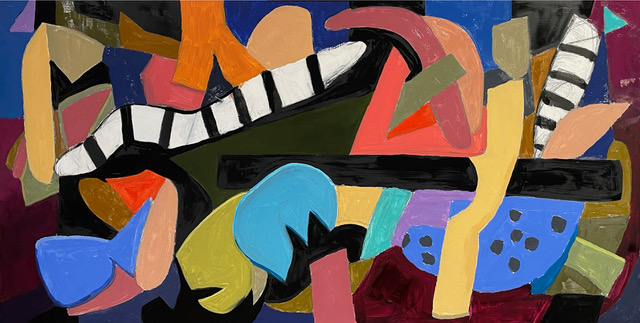
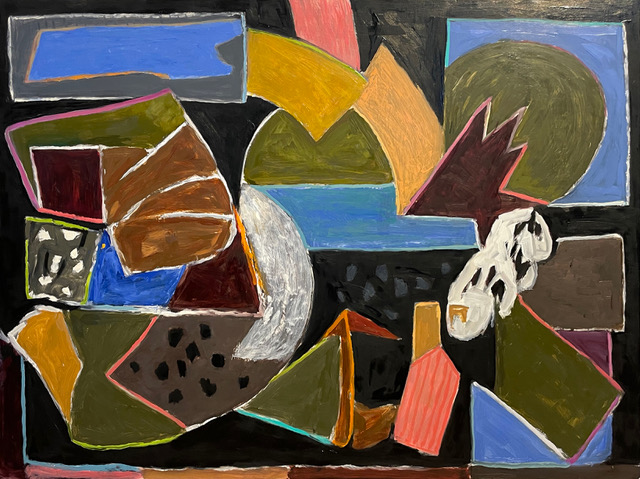
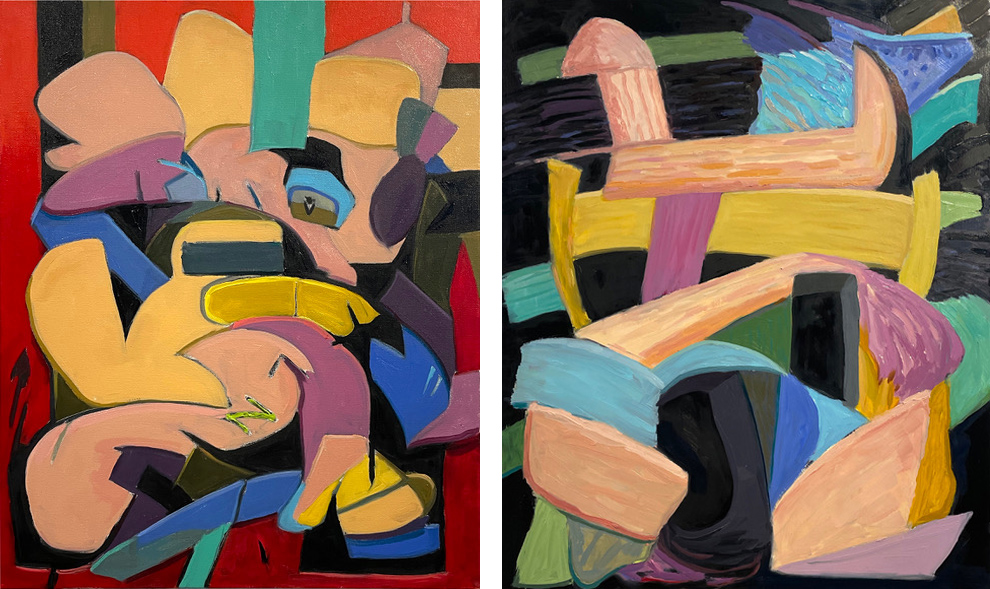
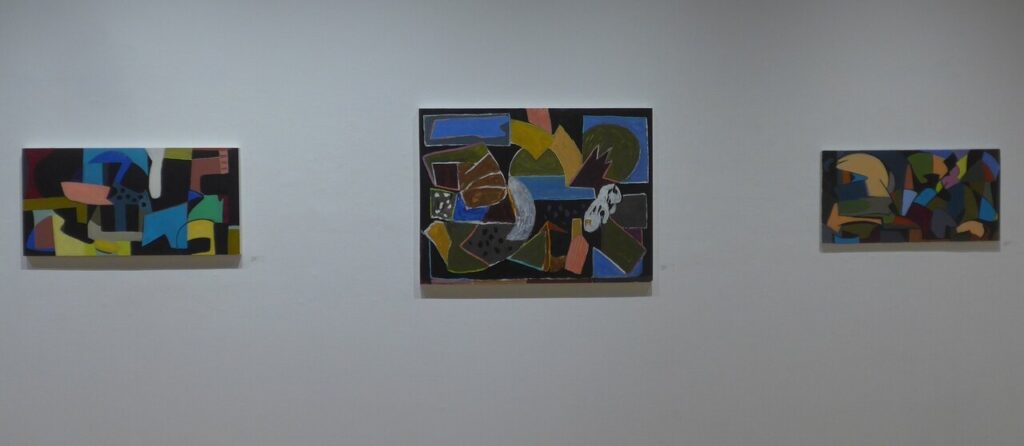
Wonderful accurate essay.